Filter by
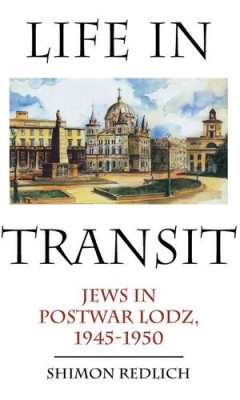
Life in Transit : Jews in Postwar Lodz, 1945-1950
"Life in Transit is the long-awaited sequel to Shimon Redlich’s widely acclaimed Together and Apart in Brzezany, in which he discussed his childhood during the War and the Holocaust. Life in Transit tells the story of his adolescence in the city of Lodz in postwar Poland. Redlich’s personal memories are placed within the wider historical context of Jewish life in Poland and in Lodz during t…
- Edition
- -
- ISBN/ISSN
- 978-1-9346235-21-6
- Collation
- -
- Series Title
- Studies in Russian and Slavic literatures, cultures and history
- Call Number
- 940.531 809 2 RED l
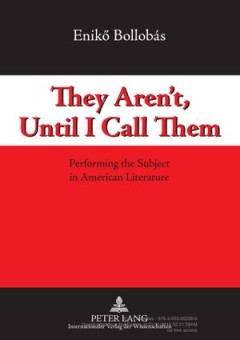
They Aren’t, Until I Call Them
In the story of the three baseball umpires, two novice umpires compete in boasting how they respect «truth» and the way things «really» are. One says, «I call them the way I see them»; the other, trying to trump this remark, responds, «I call them the way they are». Then enters the third, most seasoned umpire, saying, «They aren’t, until I call them». This book deals with two widel…
- Edition
- -
- ISBN/ISSN
- 9783631589823
- Collation
- -
- Series Title
- -
- Call Number
- -
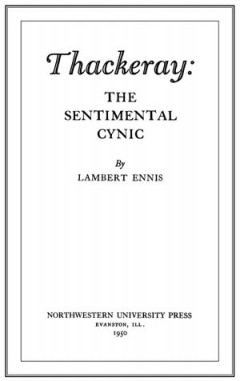
Thackeray: The Sentimental Cynic
Thackeray: The Sentimental Cynic chronicles British novelist William Thackeray’s ambivalent attitudes toward society and traces his conduct during the major crises of his life in terms of those attitudes. Lambert Ennis examines the emotional tensions in Thackeray’s life and the impact they had in his work. In so doing, he illustrates key themes in Victorian studies more broadly: the questio…
- Edition
- -
- ISBN/ISSN
- 9780810138377
- Collation
- -
- Series Title
- -
- Call Number
- -
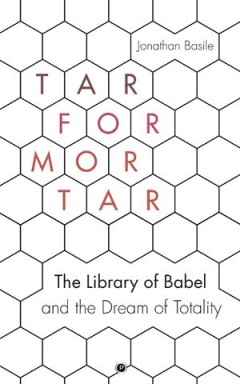
Tar For Mortar: The Library of Babel and The Dream of Totality
Tar for Mortar offers an in-depth exploration of one of literature’s greatest tricksters, Jorge Luis Borges. His short story “The Library of Babel” is a signature examplar of this playfulness, though not merely for the inverted world it imagines, where a library thought to contain all possible permutations of all letters and words and books is plumbed by pious librarians looking for divin…
- Edition
- -
- ISBN/ISSN
- 9781947447509
- Collation
- -
- Series Title
- -
- Call Number
- -

Sherlock Holmes, Esq., and John H. Watson, M.D.: An Encyclopaedia of Their Af…
This encyclopedia serves as a guide to the fifty-six stories and four novels that comprise the Sherlock Holmes canon. Arranged alphabetically, Orlando Park provides entries on all manner of people, places, and objects from Arthur Conan Doyle’s novels and stories, as well as thorough treatments of the traits and opinions of Holmes and Watson. Throughout Park intends not only to answer question…
- Edition
- -
- ISBN/ISSN
- 9780810139688
- Collation
- -
- Series Title
- -
- Call Number
- -
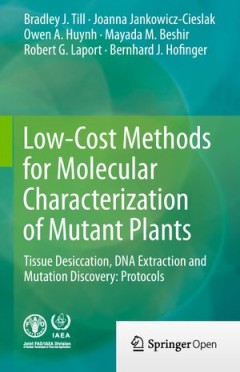
Shelley and Synesthesia
Glenn O’Malley’s Shelley and Synesthesia examines a little-known aspect of Percy Shelley’s poetry, offering a history of synesthesia and engaging in close readings of Shelley’s poetry, focusing primarily on his longer works. O’Malley explores the internal structure of Shelley’s poems to concentrate on patterns of imagery and symbolism, bringing attention to Shelley’s resourcefulne…
- Edition
- -
- ISBN/ISSN
- 9780810138636
- Collation
- -
- Series Title
- -
- Call Number
- -
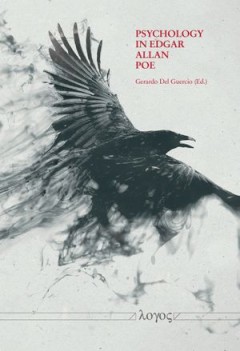
Samuel Johnson and Moral Discipline
Paul Kent Alkon’s Samuel Johnson and Moral Discipline provides reading of Johnson that emphasizes his moral discourse. Shortly after its publication, Alkon’s book became first of all the standard reading of Johnsons essays, contrasting them with the moral ideas Johnson discussed in his sermons, as moral writings, and second, as one of the first books on Johnson to explore the essayist’s f…
- Edition
- -
- ISBN/ISSN
- 9780810138094
- Collation
- -
- Series Title
- -
- Call Number
- -
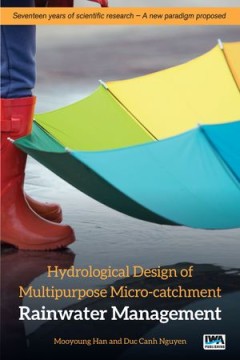
Printed Writings by George W. Russell: A Bibliography
This bibliography lists the books, paintings, and portraits of the mystic Irish poet George William Russell, best known by his pseudonym, “AE” Russell was a late nineteenth-and early twentieth century Irish poet and essayist whose first book of poems, Homeward: Songs by the Way (1894), established him in what was known as the Irish Literary Revival.
- Edition
- -
- ISBN/ISSN
- 9780810139466
- Collation
- -
- Series Title
- -
- Call Number
- -

Posthumous America: Literary Reinventions of America at the End of the Eighte…
Posthumous America examines the literary idealization of a lost American past. It investigates the reasons why, for a group of French writers of the 18th and 19th centuries, America was never more potent as a driving ideal than in its loss. For example, Hoffmann examines the paradoxical American paradise depicted in CrèvecÅ“ur's Lettres d'un cultivateur américain (1784); the “uch…
- Edition
- -
- ISBN/ISSN
- 9780271080079
- Collation
- -
- Series Title
- -
- Call Number
- -
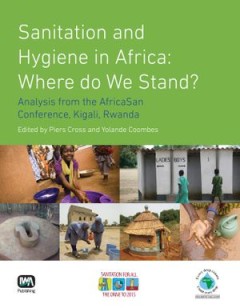
The Postcolonial African Genocide Novel: Quests for Meaningfulness
In The Postcolonial African Genocide Novel, Chigbo Anyaduba examines fictional responses to mass atrocities occurring in postcolonial Africa. Through a comparative reading of novels responding to the genocides of the Igbo in Nigeria (1966-1970) and the Tutsi in Rwanda (1990-1994), the book underscores the ways that literary encounters with genocides in Africa’s postcolonies have attempted to …
- Edition
- -
- ISBN/ISSN
- 9781800856875
- Collation
- -
- Series Title
- -
- Call Number
- -
 Computer Science, Information & General Works
Computer Science, Information & General Works  Philosophy & Psychology
Philosophy & Psychology  Religion
Religion  Social Sciences
Social Sciences  Language
Language  Pure Science
Pure Science  Applied Sciences
Applied Sciences  Art & Recreation
Art & Recreation  Literature
Literature  History & Geography
History & Geography